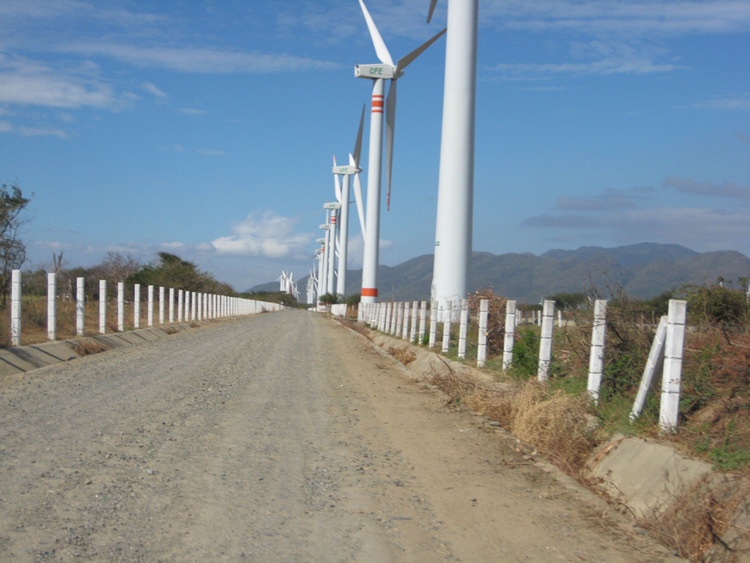The Geosynthetic Institute‘s first white paper of 2019 focuses on one of the biggest issues in contemporary conversation: sustainability. GSI White Paper 41 is concerned with “Relative Sustainability (i.e., Embodied Carbon) Calculations With Respect to Applications Using Traditional Materials Versus Geosynthetics.” In this, the authors are less concerned with IF this is possible to assess but WHY is it not more commonly investigated and promoted? To get there, they walk readers through the process of how to account for embodied carbon and how to calculate the impact of geosynthetics (or other materials) on infrastructure.
DOWNLOAD GSI WHITE PAPER 41 (PDF)

GSI WHITE PAPER 41 ON SUSTAINABILITY
Construction practices account for an enormous amount of carbon emissions. Large infrastructure projects disturb a significant amount of land. Heavy truck traffic is involved. Transport of heavy materials accounts is a major contributor to a project’s carbon footprint.
RELATED: IGS Video Focuses on Sustainable Development
With geosynthetics a number of advantages can be realized, such as:
- Smaller construction footprints (e.g., less land disturbance)
- Geosynthetics are significantly lighter than earthen materials like clay so require significantly fewer truckloads to site (e.g., up to 150:1, earthen materials truckloads to 1 truckload of geosynthetic rolls)
- Greater reuse of on-site materials with geosynthetics vs trucking in special fills
GSI’s team evaluated the embodied carbon value of many common construction materials, such as sand, compacted soil, masonry blocks, etc. They followed approaches from researchers such as Neil Dixon (who delivered a wonderful presentation on geosynthetics and sustainability at GeoAmericas 2016) and the UK’s WRAP report. And, they revisited and built upon GSI’s own investigations.
“Two overall items are abundantly clear,” the authors write. “First, the data base and calculation procedure for assessing carbon footprint for most construction projects is presently available. Second, America is very much behind our European colleagues in providing, even routinely providing, such information. [The] calculations for geosynthetic systems should always be provided.”
Geosynthetics, as you might expect, came out dramatically ahead in evaluating the record and embodied carbon calculation methods. The flowchart included in White Paper 41 finds a “traditional” project coming out with a carbon footprint of 652,400 Kg CO2/ha; the geosynthetic project returns a carbon footprint of 131,200 Kg CO2/ha.
“The option with the better relative sustainability should be used, and even further should be used to complement the cost and durability of the preferred solution and its alternatives,” GSI writes. “The reluctance for making sustainability calculations in America most likely comes from the lack of governmental mandates at the federal, state and/or local levels. While reluctance exists at this point in time, private owners and developers could well set-the-tone for requiring such calculations…. Complaints about random building development are common, so why not promote that such development carries with it the maximum relative sustainability of all of the many possible alternatives?”
It’s a fair question.
DOWNLOAD GSI WHITE PAPER 41 (PDF)
Keep up with the most current white papers from GSI here.











